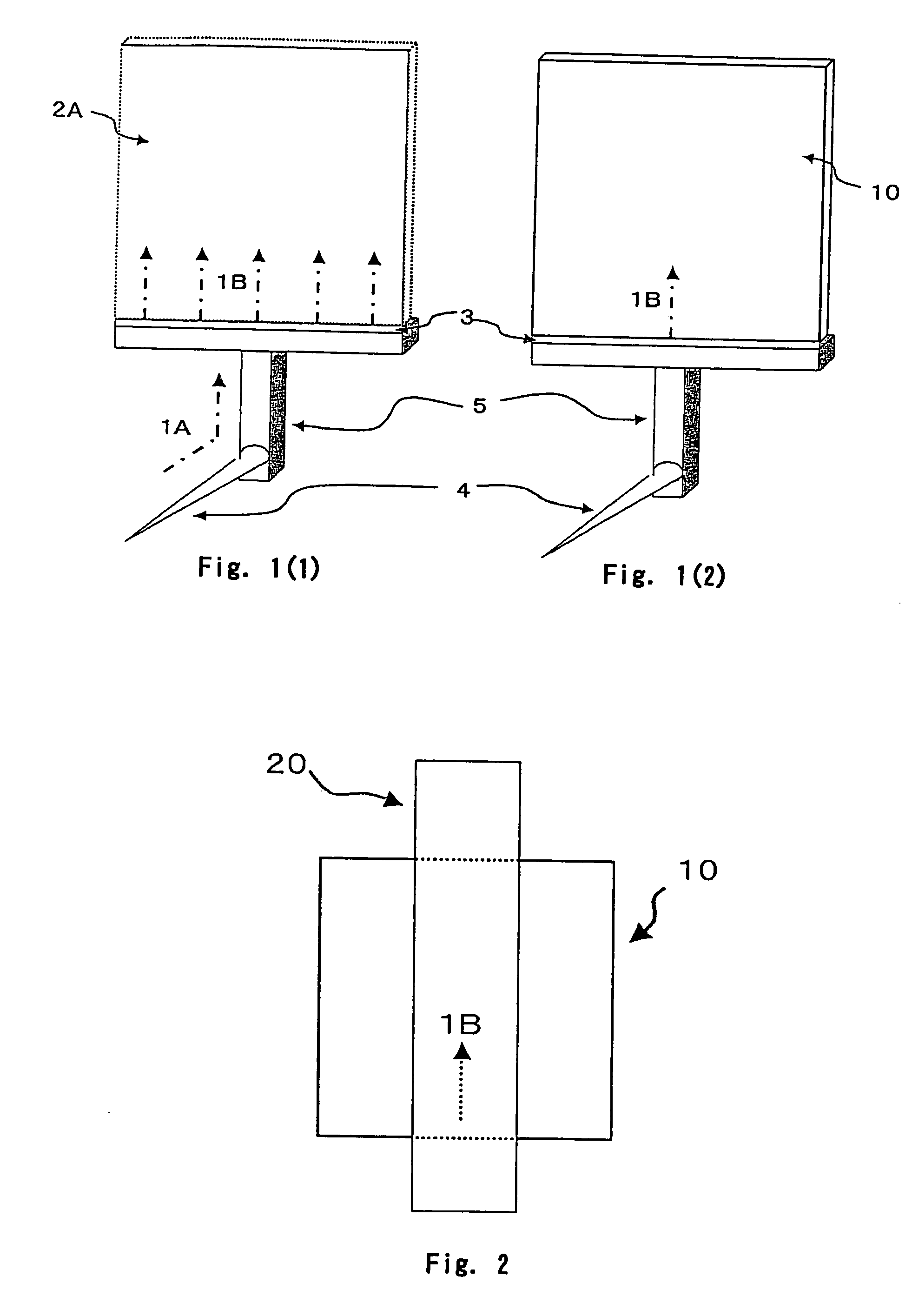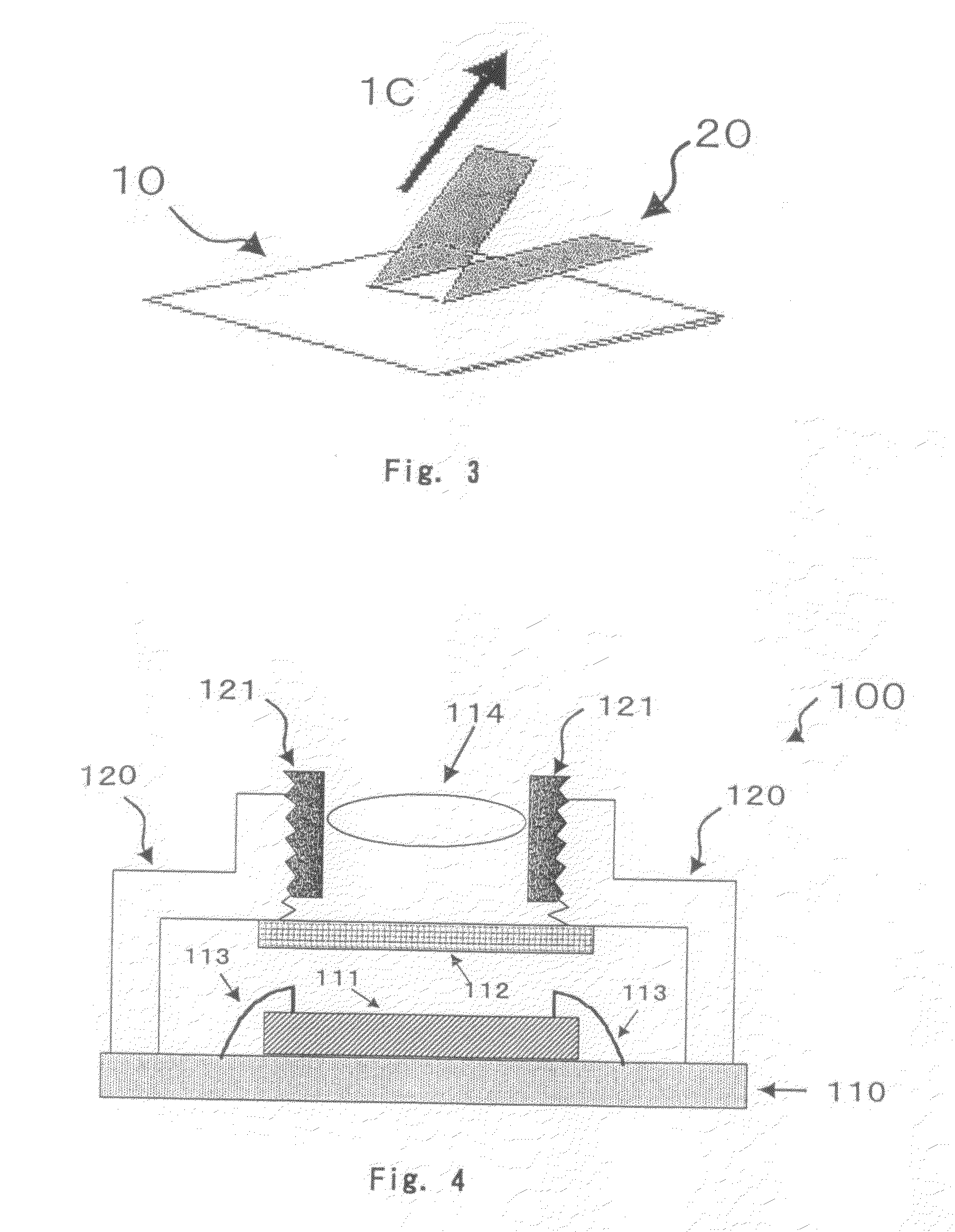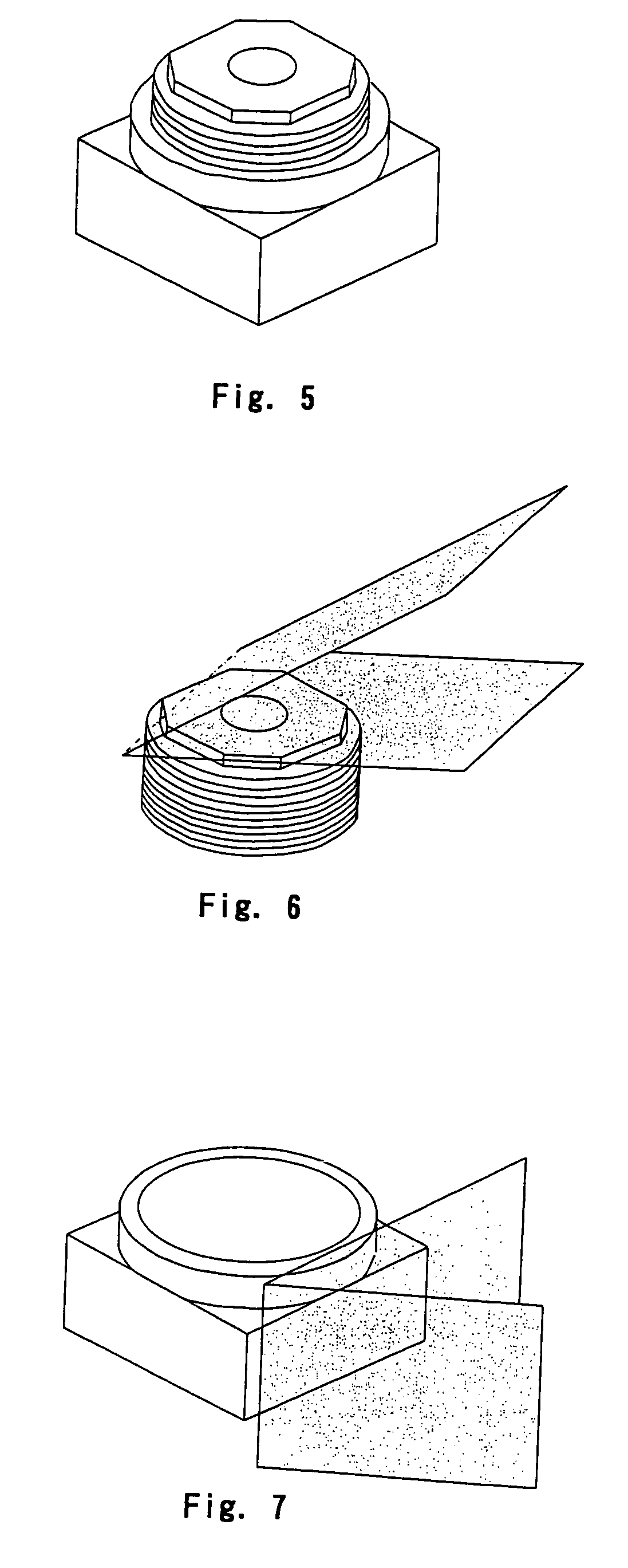Resin molded article and method for producing the same
a technology of molded articles and molded parts, which is applied in the field of resin molded articles, can solve the problems of false operation, reduced process yield of assembly production of components, etc., and achieve the effects of reducing the occurrence of false operation of resulting components, high production yield, and lapse of use tim
- Summary
- Abstract
- Description
- Claims
- Application Information
AI Technical Summary
Benefits of technology
Problems solved by technology
Method used
Image
Examples
production example 1
[0103]P-hydroxybenzoic acid (994.5 g, 7.2 mol), 2,4′-dihydroxybiphenyl (446.9 g, 2.4 mol), terephthalic acid (299.0 g, 1.8 mol), isophthalic acid (99.7 g, 0.6 mol), and acetic anhydride (1347.6 g, 13.2 mol), and 1-methylimidazole (0.194 g) as a catalyst were charged into a reactor equipped with a stirring apparatus, a torque meter, a nitrogen gas introduction pipe, a thermometer, and a reflux condenser, and were stirred at room temperature for 15 minutes, the inside of the reactor was sufficiently replaced with nitrogen gas, and the temperature was increased while stirring. When the inner temperature was 145° C., it was stirred for 1 hour while maintaining the same temperature.
[0104]After that, a pre-polymer was obtained by increasing the temperature to 320° C. in 2 hours and 50 minutes while distilling distilled bi-product acetic acid and non-reacted acetic anhydride and considering the point when the torque was confirmed to increase as the end of the reaction. The flow starting te...
production example 2
[0106]A pre-polymer was obtained in the same manner as in Production Example 1 except that the amount of terephthalic acid was changed from 299.0 g to 365.4 g (2.2 mol) and the amount of isophthalic acid was changed from 99.7 g to 33.2 g (0.2 mol). The flow starting temperature of the pre-polymer was 263° C.
[0107]A powder of liquid crystalline polyester (particle diameter of about 0.1 mm to about 1 mm) was obtained by cooling the obtained pre-polymer to room temperature and grinding with a coarse grinder, a polymerization reaction was proceeded in a solid phase by increasing the temperature from room temperature to 250° C. over 1 hour, increasing the temperature from 250° C. to 300° C. over 5 hours, and maintaining the temperature at 300° C. for 3 hours. The flow starting temperature of the obtained polyester was 361° C. The polyester obtained in such a manner is referred to as LCP2.
PUM
| Property | Measurement | Unit |
|---|---|---|
| surface roughness | aaaaa | aaaaa |
| number-average fiber length | aaaaa | aaaaa |
| diameter | aaaaa | aaaaa |
Abstract
Description
Claims
Application Information
 Login to View More
Login to View More - R&D
- Intellectual Property
- Life Sciences
- Materials
- Tech Scout
- Unparalleled Data Quality
- Higher Quality Content
- 60% Fewer Hallucinations
Browse by: Latest US Patents, China's latest patents, Technical Efficacy Thesaurus, Application Domain, Technology Topic, Popular Technical Reports.
© 2025 PatSnap. All rights reserved.Legal|Privacy policy|Modern Slavery Act Transparency Statement|Sitemap|About US| Contact US: help@patsnap.com



